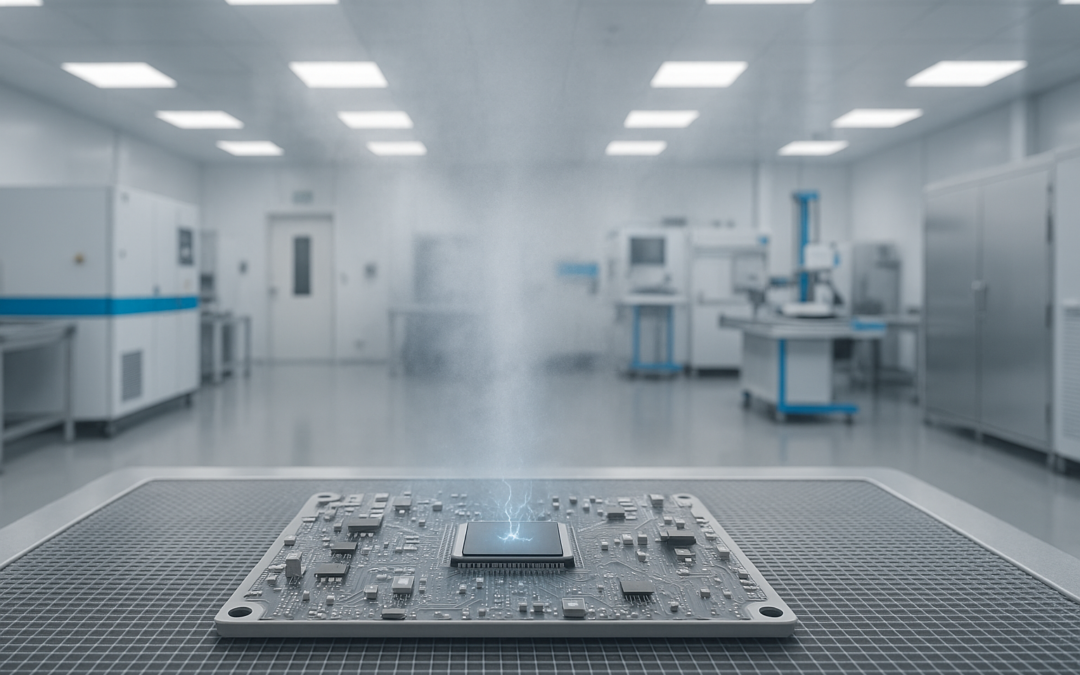One challenge to a working environment is its air quality. However, did you know that even when the air is clean, it could be too humid? High humidity levels often lead to employee health problems. This could affect your company’s productivity. Why? The main reason is mold. Smart Fog® technologies efficiently remove this hidden threat that cost businesses millions annually.
Finding The Right Humidity Balance
Most business owners are aware of the risk of low humidity. Many use humidifiers to address this condition. Nevertheless, studies prove that humidifiers rarely create better working conditions. It common for generic humidifiers to create too much moisture. However, why is high humidity a problem?
The Problem With High Humidity
High humidity increases condensation that presents numerous discomforts and health risk. For instance, elevated levels of air moisture disrupt the body’s natural cooling mechanism. Working environments that are overly humid can cause your employees to sweat more or desire the air conditioning to be lowered to compensate.
The dangers of high humidity are also apparent when considering the growth of fungi and mold. When relative humidity (RH) rises reaches 60%, air quality becomes compromised. Generic humidifiers that do not have intelligent automation or units that malfunctions are among the leading causes of moisture saturation. It is why you need more innovation in helping you maintain RH without constant supervision.
Too Much Humidity and Toxic Mist
You may think you have an efficient humidifier. Many of them create too much moisture in the air. The real problem is that they use higher micron droplets. Larger water droplets put more moisture in the air and nearby surfaces.
Unfortunately, too much humidity creates the best conditions for mold growth. Worse, this can lead to bacterial and fungal infestations. Once this occurs, you will have toxic mist (also called dirty mist). Breathing it can lead directly to respiratory problems or lung infections.
You need to pay attention to mold because it can also affect people in different ways. It is possible some of your employees will not have any effects, though you need to look out for other signs.
Other Ways Mold Affects People
Common ailments in your workers include excess nasal stuffiness and throat irritation. Both of these might get initially written off as an allergy. Nevertheless, if your employees complain of allergies frequently, it may be a telling indicator of something more.
The last thing you want is constantly sick workers. Additionally, some people are more sensitive to mold than others. Nevertheless, the most common symptoms usually consist of:
- coughing
- wheezing
- eye infections
- skin irritation
In severe cases, employees can develop chronic lung problems or obstructive lung disease. Thus, it is important never to expose your staff to excessive mold over an extended period.
A way to determine if it is mold is if employees who normally don’t have asthma or upper respiratory infections suddenly experience these without explanation.
High Humidity Solutions
Instead of using a nominal humidifiers, conscientious businesses are using one with innovative technology to maintain RH. The ideal relative humidity should stay around 35%-45% to maintain proper sinus health and prevent mold. Smart Fog humidifiers have intelligent automation that regulates RH fluctuations. The entire system has no moving parts. Hence, it requires minimal maintenance.
Providing a healthy work environment is one of the best business investments. Contact Smart Fog today at 1-800-921-5230 to benefit from our advanced humidifying technology to improve your workers’ productivity.





